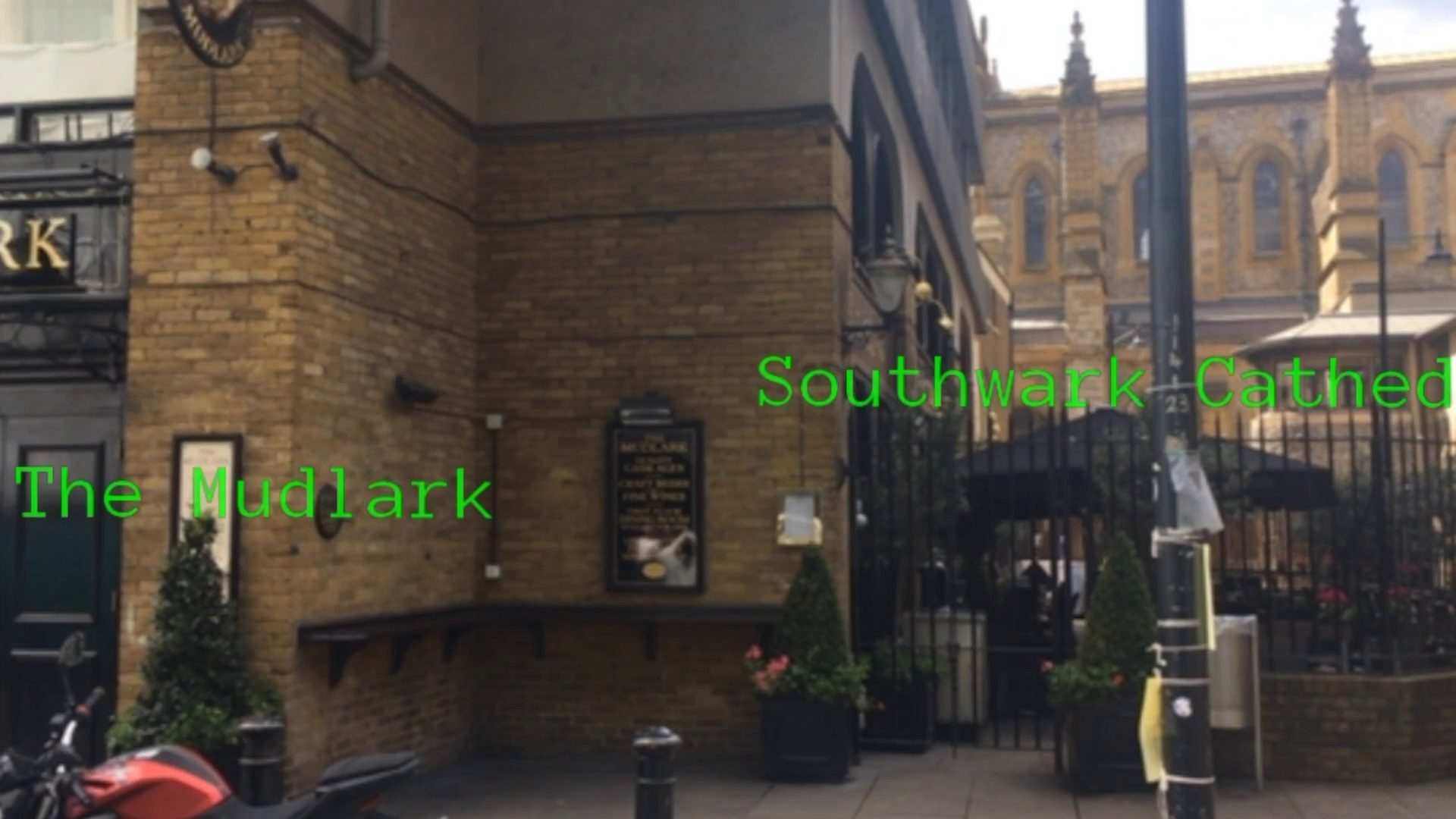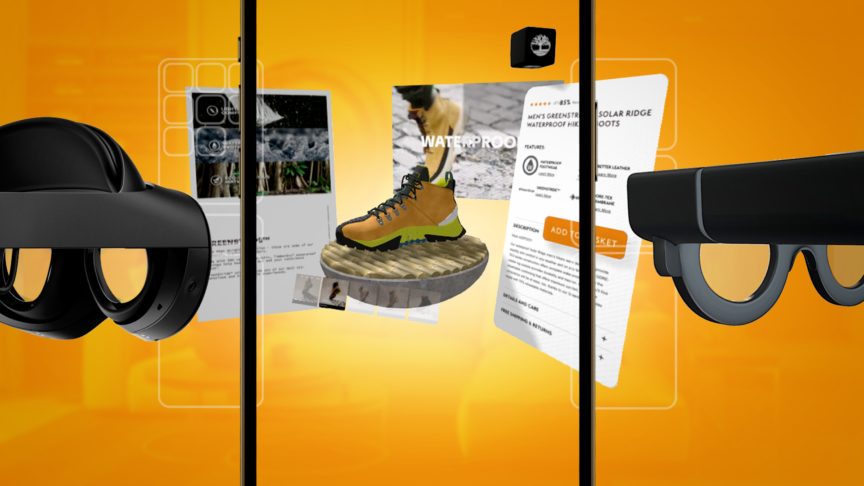Urban Visual Positioning – our breakthrough in location-based AR
August 2, 2017
Urban Visual Positioning – our breakthrough in location-based AR

We are proud to announce our Urban Visual Positioning System which leverages computer vision to provide more accurate location data than GPS (more than double the accuracy) and can cover entire cities (city-scale). The system uses computer vision to accurately estimate the pose of a user’s phone in an urban scenario, meaning its location (latitude and longitude) and orientation with respect to the surrounding environment.
It is designed to power the new generation of location-based AR, which requires precise pose estimation to overlay complex virtual content onto physical shops, tourist attractions and any other point of interest in our cities. The current implementation of Urban Visual Positioning can cover entire cities (city-scale), making it the first deployed cross-platform system of its kind at this scale. Response time for the end-to-end system – including Visual Positioning, retrieval and triggering of the AR experiences for the specific location – can take less than a second.
While previous AR solutions relied on GPS and compass to localize the user in a city, our use of Computer Vision brings several advantages. The GPS location error in cities can be over 16m, it degrades where the urban landscape causes bad GPS reception, and varies across mobile devices with different GPS sensors. The Urban Visual Positioning System, on the other hand, achieves a location error of only a few meters and has more than double the accuracy of a standard GPS, it performs consistently across a wide variety of urban scenarios, and across different mobile platforms. Thanks to the principled use of visual cues and geometric reasoning, the Urban Visual Positioning System can self-assess its accuracy much more robustly than a standard GPS system.
Thanks to Computer Vision, the accuracy of Urban Visual Positioning can take location-based AR to new levels of engagement, for example virtual departure boards in front of train stations, interactive guides in front of famous landmarks, or even a virtual menu hanging on the wall of a restaurant. It can help navigate a complex intersection or find a hidden restaurant by overlaying virtual roads and directions onto the physical world, or engage users in AR treasure hunts with virtual cues accurately hidden at physical locations. Moreover, Urban Visual Positioning naturally integrates with modern systems for tracking the local, relative movement of a phone, like Apple’s ARKit, resulting in very smooth and immersive AR experiences.
“What we have achieved with Computer Vision in our Urban Visual Positioning System, that we are able to do this at city-scale and with high accuracy, is an important breakthrough in the industry. The technology helps to align and superimpose the physical and virtual worlds more accurately than GPS and will not only empower the industry to create more sophisticated AR experience but it has potential to significantly impact areas like tourism, city mapping, real-world 3D gaming, and more.” said Omar Tayeb, CTO and co-founder of Blippar.

So far we have tested the system across the cities of San Francisco, Mountain View and Central London.
You can see Urban Visual Positioning in action within our AR Navigation app -- AR City (iOS only). Download it here or to learn more about the technology check out our blog post. This technology is also available for other companies to license, please contact us for details.
For more information on Urban Visual Positioning, read our official press release and article MIT Review.

